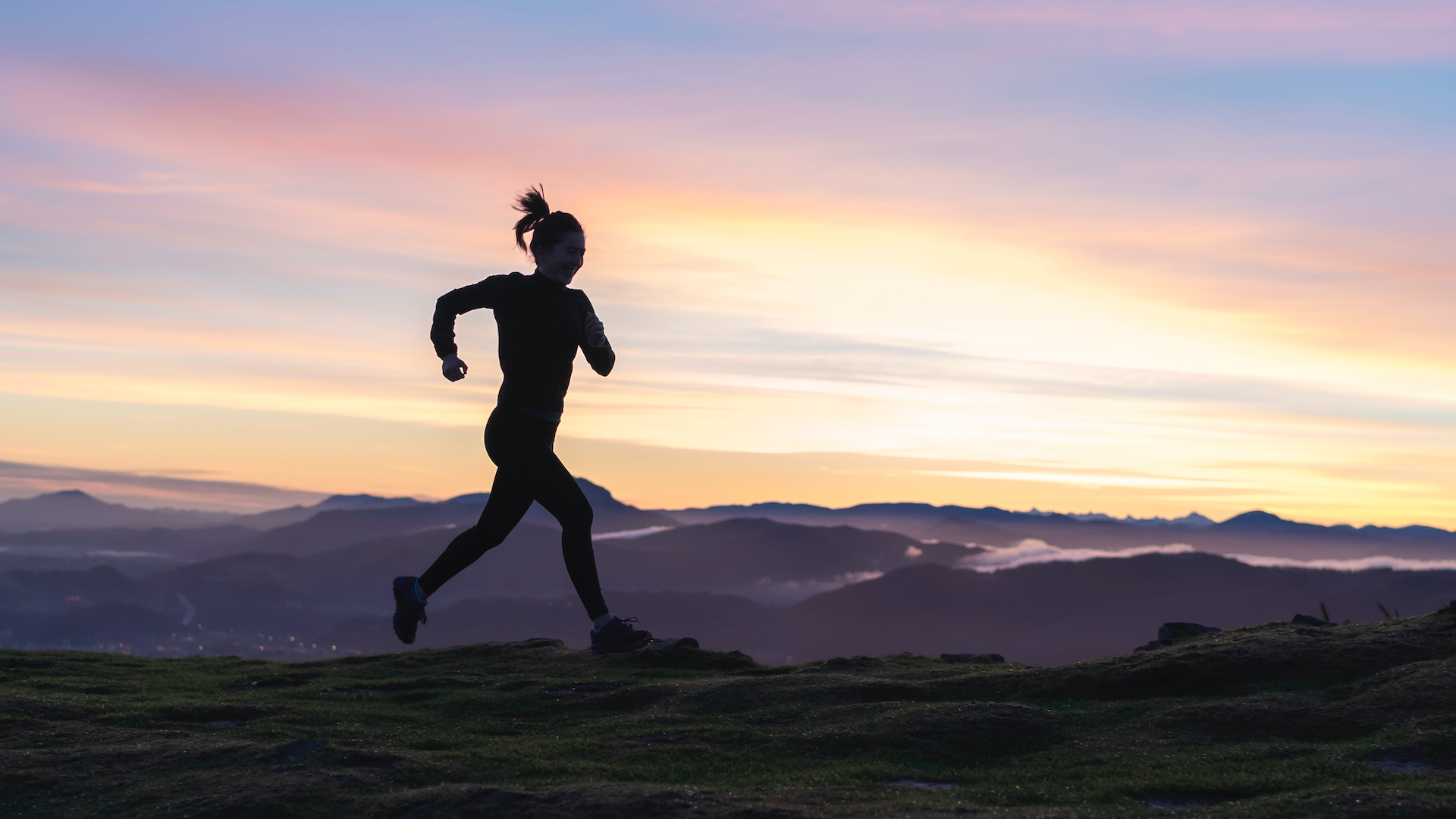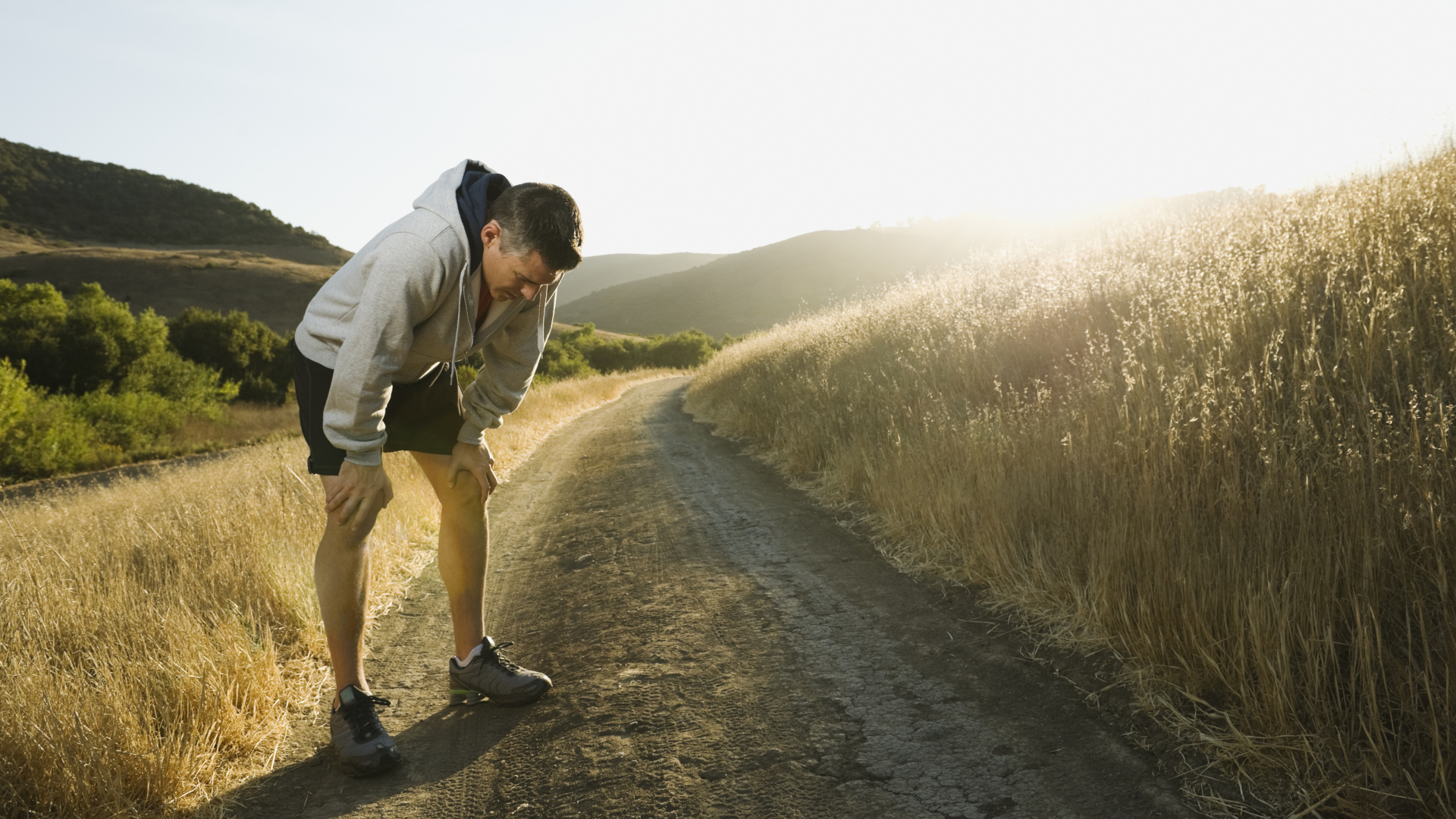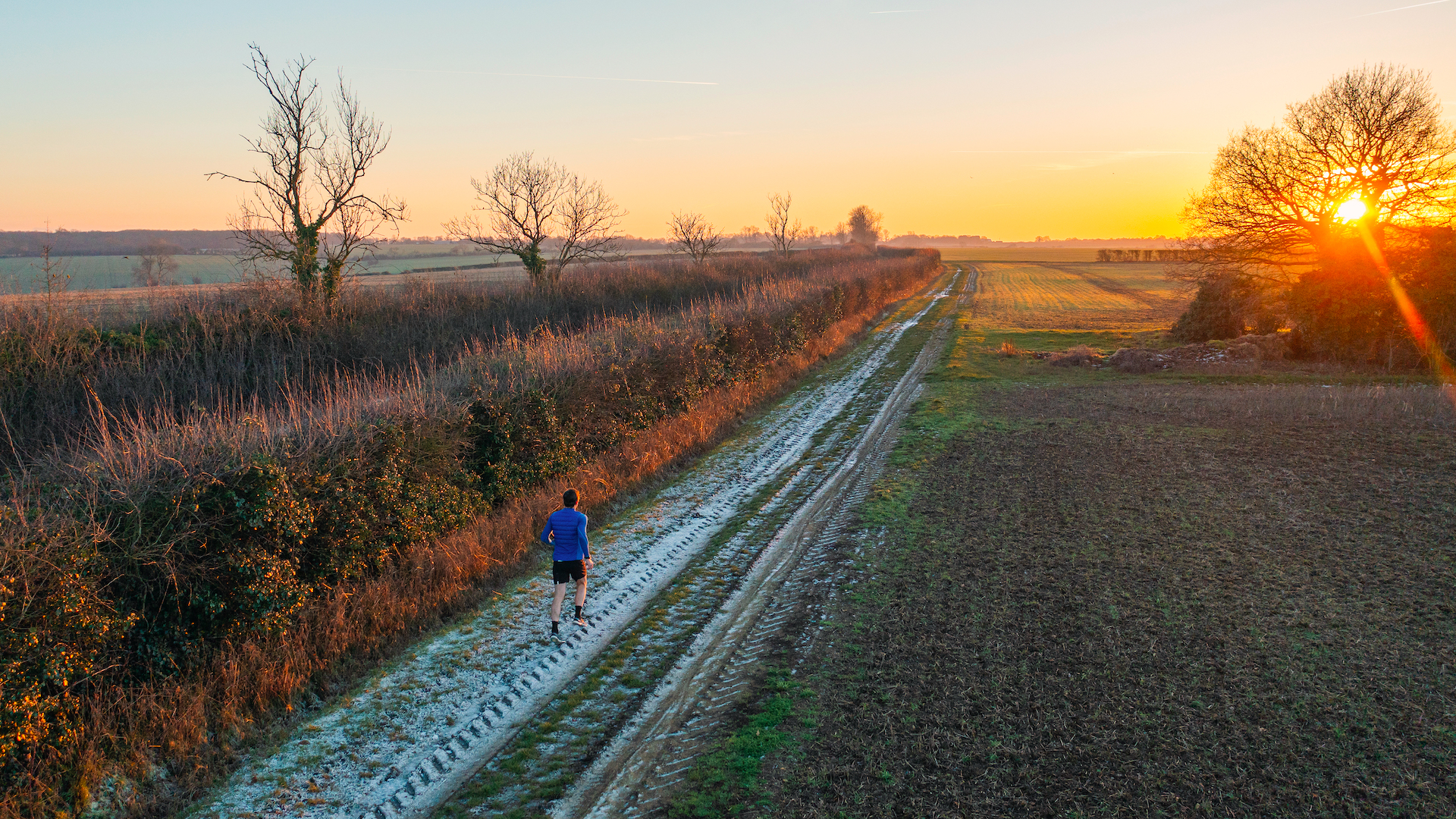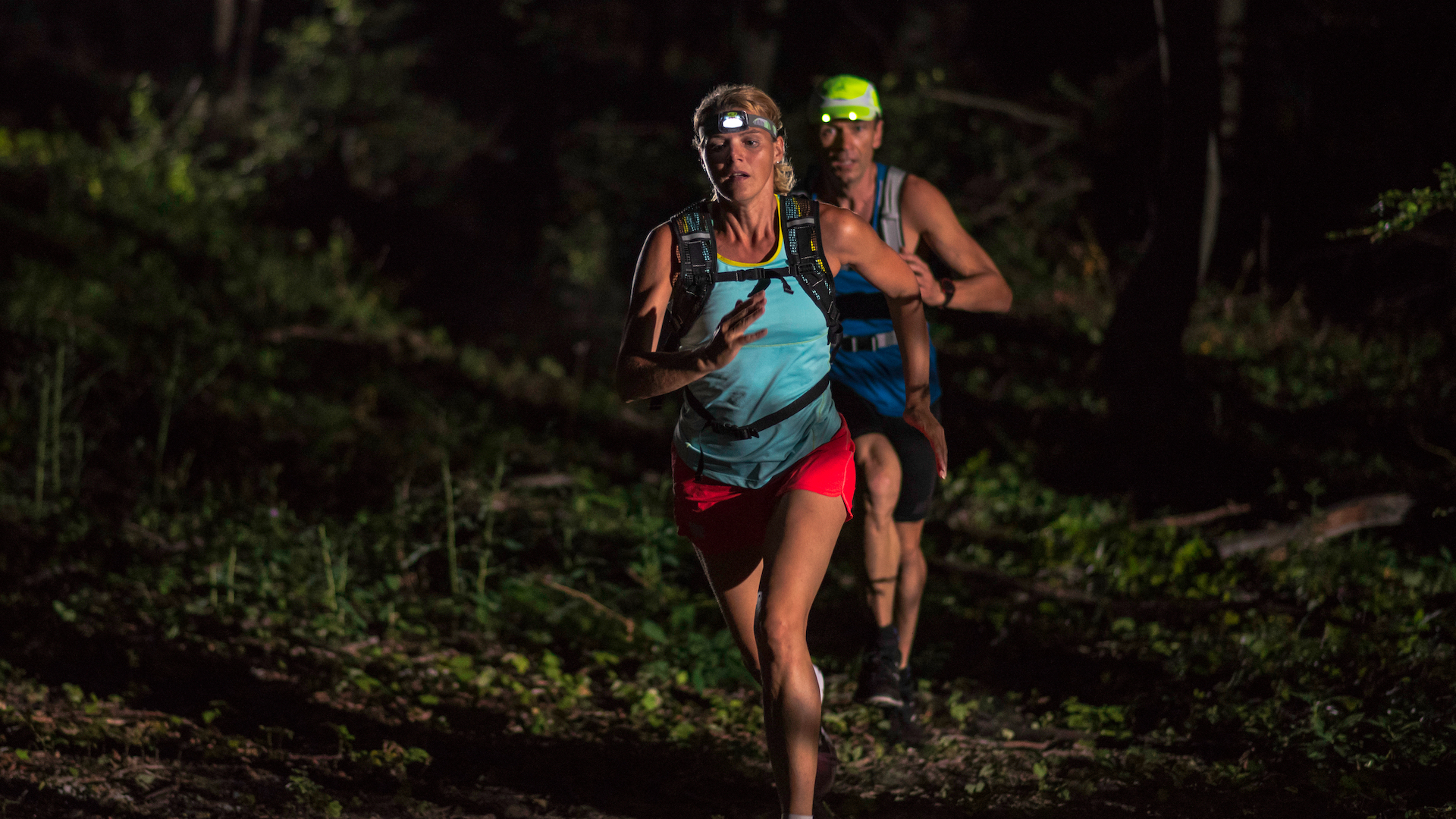The clocks go back this weekend – here’s what it means for hikers and runners
Yes, we get an extra hour in bed, but with night falling earlier, you might find your routine – and time on the trail – is affected

With sunset already falling an hour earlier in the UK and the clocks changing in the US this weekend, those of you who rely on your post-work evening hours to get outdoors are going to need to make some changes.
Yes, we get an extra hour in bed on Sunday and for a few weeks we’ll be waking up with the sun again, which usually boosts everyone’s spirits. But with night falling earlier, you might find your routine – and time on the trail – is affected. Read on to find out what the clock change means for hikers and runners, and what you can do to stay safe outdoors.
1. Your sleep might be disrupted
Your brain runs on an internal 24-hour clock, known as the Circadian Rhythm, which oversees a whole host of biological processes and is affected by your exposure to light. When the clocks change in the fall, you may temporarily experience difficulty falling or staying asleep, according to a 2023 study, and this can affect your energy levels and performance.
Quality sleep is vital for athletic recovery and performance, so take care if you know you’re not getting your usual amount of sleep for the next couple of weeks. Listen to your body as well as your GPS watch and adjust your training schedule accordingly to avoid depleting yourself.

2. It’s more important than ever to get outdoors
Changing the clocks impacts your health, however it’s not all bad. Though a 2014 study noted that heart attacks increase by a whopping 25 percent the days after the clocks jump forward in the spring (thanks to losing an hour of sleep), researchers also found they decrease by 21 percent in the fall, when we enjoy that extra hour in bed.
However, despite a few weeks of brighter mornings, the inescapable truth is that right now, the days are getting shorter and decreased exposure to sunlight can affect your mental health – five percent of US adults suffer from Seasonal Affective Disorder – and impact physical health thanks to reduced vitamin D levels.
Though it could be tempting to switch your workouts to the treadmill and stay warm and cozy indoors until the spring, getting outside during the daylight hours has been found by researchers to be an effective treatment for SAD, so consider shifting your workouts to mornings to capitalize on that extra sunlight, or lunch time if possible.
All the latest inspiration, tips and guides to help you plan your next Advnture!

3. You need a headlamp
If you are heading outdoors in the evenings, or even in the afternoons, you’re going to want to bring a headlamp for safety, assuming you’re in a rural location. In most places, the sun will be setting close to 5 p.m. on Sunday, and with the sun a bit lower these days, it will start getting dark during the hour before that, meaning hazards on the trail can be harder to see.
If it’s a clear night and a full moon, it can be lovely to let your eyes adjust to the dark and hike or run on the trail with the moon as your guide, but it’s important to carry a headlamp in your backpack in case clouds move in, or the trail is more technical. Learn more in our article on running with a headlamp.

4. And high vis gear
If the tarmac is your terrain of choice, in addition to the best road running shoes you’re going to want some high visibility gear to make sure you’re visible to passing cars. Since it’s cooling off, you could look into a lightweight running jacket with reflective details such as the Salomon Bonatti or go all-out with a brightly colored Evadict Waterproof Trail Running Jacket. Basically, in every piece of gear from your trail running shoes and running leggings to your cap, try to have some reflective details to make yourself as visible as possible.
Julia Clarke is a staff writer for Advnture.com and the author of the book Restorative Yoga for Beginners. She loves to explore mountains on foot, bike, skis and belay and then recover on the the yoga mat. Julia graduated with a degree in journalism in 2004 and spent eight years working as a radio presenter in Kansas City, Vermont, Boston and New York City before discovering the joys of the Rocky Mountains. She then detoured west to Colorado and enjoyed 11 years teaching yoga in Vail before returning to her hometown of Glasgow, Scotland in 2020 to focus on family and writing.

